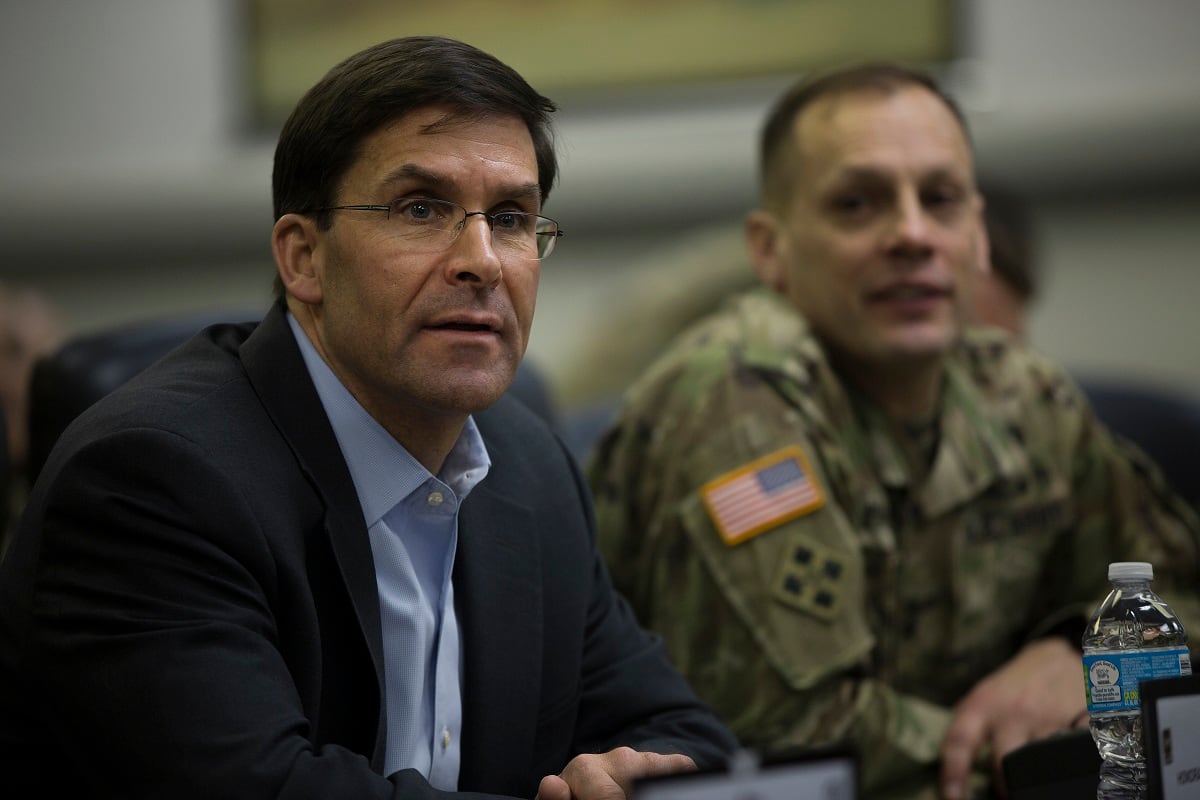NASHVILLE, Tenn. — The U.S. Army’s fixed-wing utility aircraft replacement program is again on ice, taking a backseat to the service’s major modernization priorities, according to the Army’s program executive officer for aviation.
A year ago, the Army took a second stab at buying a new fixed-wing utility plane and issued a request for project proposals after it decided not to choose an aircraft during a previous competition.
The service changed its tune after it underwent a series of deep dives into each and every one of its programs, taking money from efforts that did not line up with the service’s top six modernization priorities or contribute to a more lethal force.
RELATED

Programs like the fixed-wing utility replacement have become the bill payer for major efforts, particularly two lines to procure a future long-range assault aircraft and a future attack reconnaissance aircraft.
“The [Army] secretary ultimately said, as he looked at ... the modernization portfolio, was it the right thing to be doing at the right time,” Brig. Gen. Thomas Todd told Defense News in an April 10 interview ahead of the Army Aviation Association of America’s annual summit.
“What I would say is that it’s still under consideration,” Todd added, but “it is currently not moving forward.”
He noted that Army leadership is still listening to briefs on decisions that would inform the requirements community as to whether the effort is something the service wants to fund and resource, but “ultimately it’s put on hold so you won’t see any additional request for information or proposals on this until the Army makes a decision as to how it moves forward.”
The timeline for that decision is unclear. Any fleet that would replace the current aircraft needs to meet operational requirements and be cost effective, Todd noted.
But for now the service will continue to keep the current fleet flying and inform leadership on the impact of keeping that current fleet in the air.
RELATED

The Army has been trying to replace its aging C-12 and C-26 fixed-wing utility aircraft fleet for years, but when it came time to choose an aircraft during a 2017 competition, the service opted to choose nothing and canceled its solicitation.
Part of the problem might have been that there was only one offering — a joint Sierra Nevada Corp.-Textron submission.
Sierra Nevada protested the Army’s decision, but the Government Accountability Office denied the protest in December 2017.
Roughly four years ago, about 77 percent of the fleet was considered beyond useful life, which would require either replacement or recapitalization through a service-life extension.
The basic requirement as of last year was to procure a nondevelopmental fixed-wing aircraft capable of performing operational-support airlift missions, moving personnel and equipment flexibly around the battlefield. The Army has been looking for improved passenger and payload capability along with greater refueling range.
The service first released a request for information in 2012 looking for potential commercial off-the-shelf replacements with the plan to procure and field the aircraft from fiscal 2014 and 2018.
Jen Judson is an award-winning journalist covering land warfare for Defense News. She has also worked for Politico and Inside Defense. She holds a Master of Science degree in journalism from Boston University and a Bachelor of Arts degree from Kenyon College.






